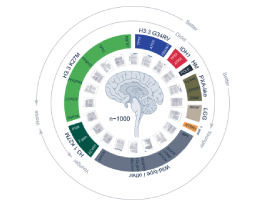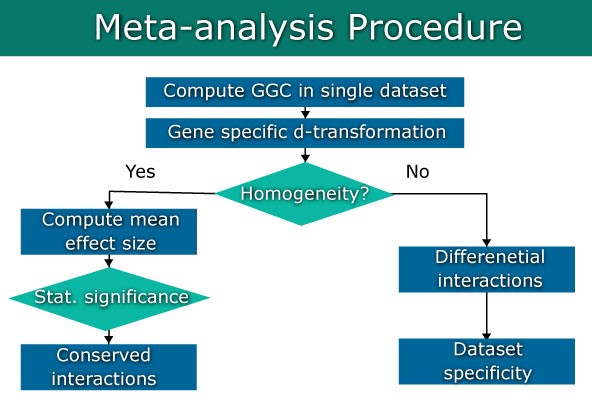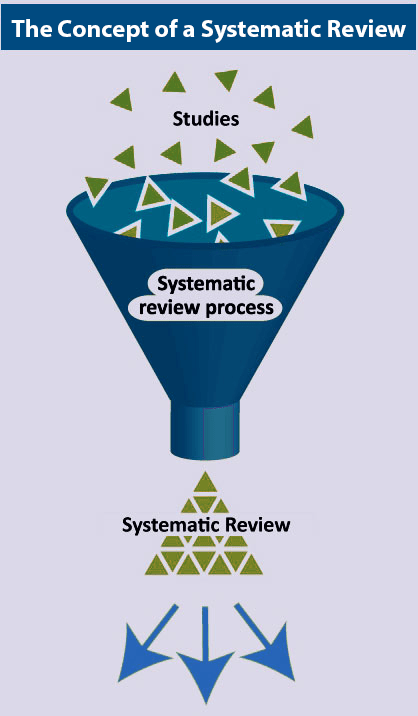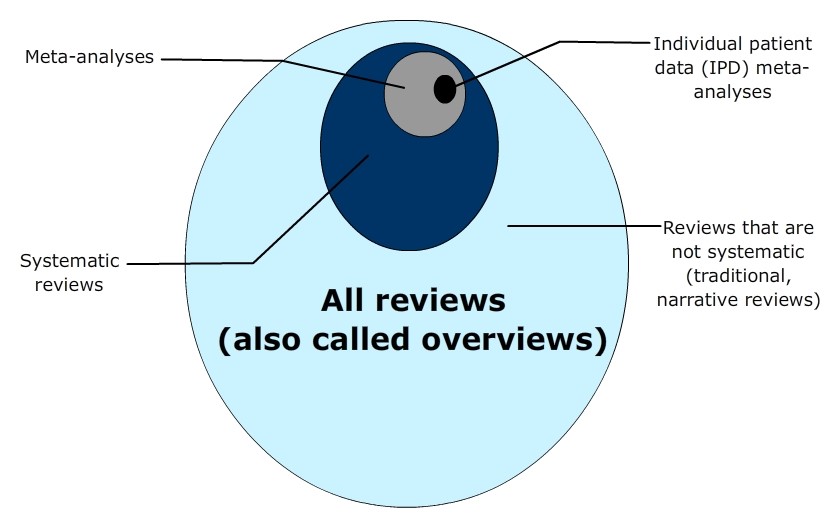
Why Perform A Meta – Analysis Evidence Based Research?
April 10, 2019
Meta – Analysis End to Scientific Debate?
April 23, 2019Systematic review Meta – Analysis step by step guide?
Definition of Systematic review and meta-analysis
Systematic review and Meta-analyses synthesize data obtained from primary research. A properly carried out review helps the researchers to concentrate in their flied of interest. A lot of research material is available widely to the clinicians in the form of journals, electronic texts that are updated periodically, and evidence libraries. The only problem associated with these systematic reviews is that all of them are not particularly of high quality. Therefore, it becomes critical to study their validity and their application in the researcher’s filed of interest.
A Systematic review provides answer to a defined research question. It answers the question by collecting and summarizing all the evidence that fits in the prescribed selection criteria.

Fig 3. Concept of Systematic review
A Meta-analysis makes use of statistical methods to summarize the results of the primary studies (COCHRANE TRAINING, 2019) .
Systematic reviews can be of different quality like other research articles.
These reviews are a significant piece of work. They also prove useful to other researchers and clinicians.
The systematic reviews should include:
- Clearly defined objectives with and must include pre-defined eligibility criteria for studies.
- Should follow a reproducible methodology.
- Systematic search approach that helps to identify multiple studies (york.ac.uk, 2019).
- Should provide study of the validity of the findings.
- Should include systematic presentation and synthesis of the features and findings of the studies

Fig 4: Types of reviews
Components of a review |
Traditional, narrative reviews |
Systematic reviews |
|---|---|---|
| Formulation of the question | Usually address broad questions | Usually address focused questions |
| Methods section | Usually not present, or not well-described | Clearly prescribed with pre-stated criteria about participants, interventions and outcomes |
| Search strategy to identify studies | Usually not described; mostly limited by reviewers abilities to retrieve relevant studies: usually not reproducible and prone to selective citation | Clearly described and usually exhaustive; transparent, reproducible and less prone to selective citation. |
| Quality assessment of identified studies | Usually all identified studies are included without explicit quality assessment | Only high quality studies are included using pre stated criteria; if lower quality studies included, the effects of this are tested in subgroup analyses |
| Data extraction | Methods usually not described | Usually undertaken by more than one reviewer onto pre-tested data forms; attempts often made to obtain missing fata from authors of primary studies |
| Data synthesis | Qualitative description employing the “vote counting” approach, where each included study is given equal weight, irrespective of study size and quality | Meta-analysis assigns higher weights to effect measure from more precise studies; pooled, weighted effect measures with confidence limits provide power and precision to results |
| Heterogeneity | Usually dealt with in a narrative fashion | Heterogeneity dealt with by graphical and statistical methods: attempts are often made to identify sources of heterogeneity |
| Interpreting results | Prone to emulative systematic biases and personal opinion | Less prone co systematic biases and personal opinion |
It is very important that each review is studies thoroughly and carefully and attention is paid to detail. One should carefully plan and document all the material required.
The following step-by-step guide provides the guidelines on what one should include when reporting a systematic review (Centre for Cognitive Ageing and Cognitive Epidemiology, 2019).
The review should answer all the questions in the desired sequence.
Steps :
1. Why is it necessary to carry out a systematic review?
2. Who will be involved in the process?
3. Formulation of the problem. Check if the process has been carried out before. Register your review. To frame a question in meta-analysis which is answerable the use of PICO (Participant-Intervention-Comparator-Outcomes) framework should be made (Schardt et al., 2019).
4. Perform the search in the desired area of study.
5. Extract data. One should also determine potential data bias through publications. Also analyze if the data is of your interest of study.
6. Study the results of the study (Critical assessment). The quality of information obtained from these articles should also be determined. One can also make use of the GRADE criteria.
7. Synthesize data.
8. Collect results and documentation.
9. Archive and update.
References
Centre for Cognitive Ageing and Cognitive Epidemiology (2019). Systematic reviews and meta-analyses: a step-by-step guide. [Online]. 2019. Available from: [Accessed: 5 April 2019].
COCHRANE TRAINING (2019). Cochrane Handbook for Systematic Reviews of Interventions. [Online].
Schardt, A.A., Miller, F.G. & Bedesem, P.L. (2019). The Effects of CellF-Monitoring on Students’ Academic Engagement: A Technology-Based Self-Monitoring Intervention. Journal of Positive Behavior Interventions. Available from: [Online]. 21 (1). pp. 42–49.
York.ac.uk (2019). Systematic Reviews. [Online]. 2019. Available from: [Accessed: 5 April 2019].
Related Topics:
Meta Analysis Writing Services
scientific literature search services



